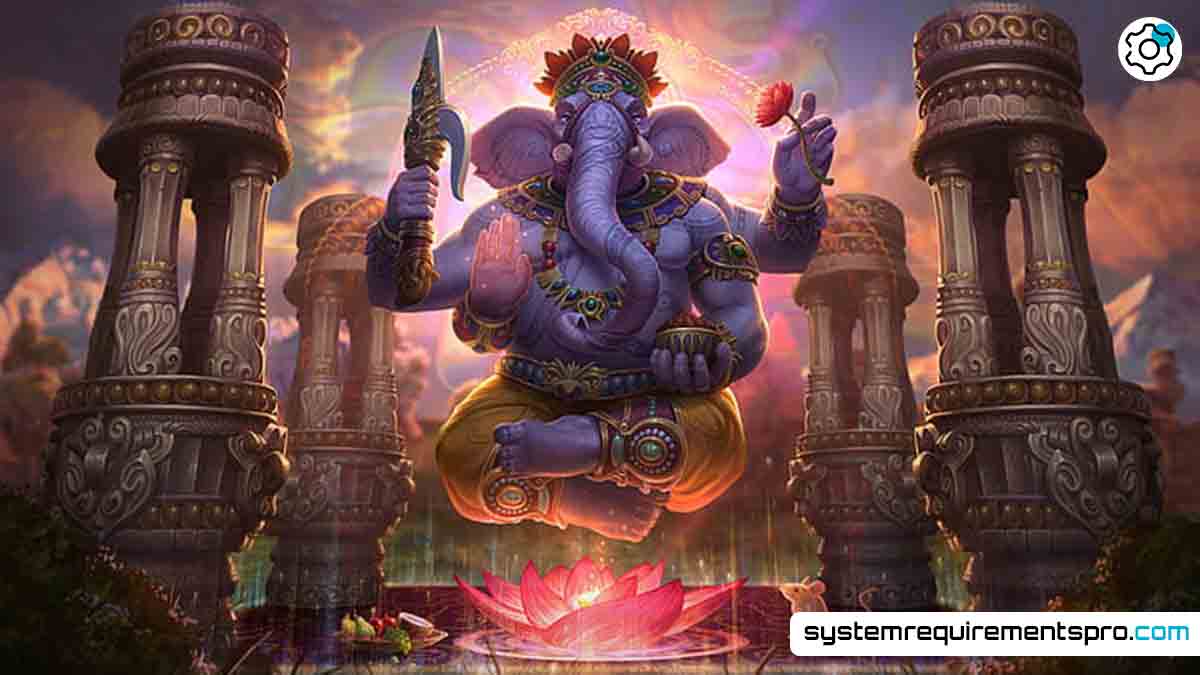With its dynamic gameplay and mythological themes, the popular third-person multiplayer online battle arena (MOBA) game Smite has enthralled millions of players. A seamless and immersive experience depends on your PC complying with the Smite System Requirements, regardless of your level of experience. To enable you to enjoy Smite at its best, this guide dissects the minimum and recommended specifications, contrasts their variations, provides optimization advice, and addresses often asked questions.
Smite Minimum System Requirements
Your PC must satisfy the following minimum specifications to run Smite. These settings let the game start and run at reduced graphical fidelity, fit for players who value utility above visual quality:
Minimum Requirements
- Operating System (OS): Windows 7 64-bit
- Processor (CPU): Intel Core 2 Duo 2.4 GHz / AMD Athlon X2 2.7 GHz
- Memory (RAM): 4 GB
- Graphics Card (GPU): NVIDIA GeForce 8800 GT / AMD Radeon HD 3870 / Intel HD Graphics 4600
- DirectX: Version 11
- Storage: 30 GB available space
- Internet: Broadband connection
While meeting these Smite system requirements guarantees the game runs, expect lower-resolution textures and slower frame rates. Intel HD Graphics 4600 and other integrated GPUs may suffer during fierce team fights; thus, it is advisable to change settings to “Low”.
Smite Recommended System Requirements
Aim for the recommended specifications for the best experience with higher frame rates and improved visuals. Perfect for competitive play, these specs let Smite shine with better gameplay and detailed graphics:
Recommended Requirements
- Operating System (OS): Windows 10 64-bit
- Processor (CPU): Intel Core i5-750 2.67 GHz / AMD Phenom II X4 965 3.4 GHz
- Memory (RAM): 6 GB
- Graphics Card (GPU): NVIDIA GeForce GTX 660 / AMD Radeon HD 7950
- DirectX: Version 11
- Storage: 30 GB available space
- Internet: Stable broadband connection
These specs let you play Smite at 1080p resolution with medium-to-high settings, preserving steady performance even in chaotic fights. While the extra RAM helps speed data processing, the improved CPU and GPU lower lag.

Smite System Requirements PC: Minimum vs Recommended Requirements
Knowing the variations between minimum and recommended Smite system requirements helps you to balance hardware capacity with performance. Below is a comparison table, together with a thorough analysis:
| Category | Minimum Requirements | Recommended Requirements |
|---|---|---|
| OS Requirements | Windows 7 64-bit | Windows 10 64-bit |
| CPU Requirements | Core 2 Duo / Athlon X2 | Core i5 / Phenom II X4 |
| RAM Requirements | 4 GB | 6 GB |
| GPU Requirements | NVIDIA 8800 GT / AMD HD 3870 | NVIDIA GTX 660 / AMD HD 7950 |
| Storage Requirements | 30 GB | 30 GB |
Operating System: Windows 10 provides better modern game optimization, including Smite’s. Windows 7 works; upgrading guarantees compatibility with more recent drivers and updates.
Processor (CPU): By handling Smite’s physics and artificial intelligence computations more effectively than the dual-core minimums, the recommended quad-core CPUs help to lower stutter during gameplay.
RAM of 6 GB enables better multitasking, particularly if running background apps like Discord or streaming software.
Graphics Card (GPU): The HD 7950 and GTX 660 greatly improve visual immersion by delivering much better texture rendering and shadow details.
Storage: Both configurations call for 30 GB, but running the game on an SSD rather than an HD speeds up load times.
Optimization Tips for the Smite Game
If your PC is at the minimum Smite system requirements or you’re having performance issues, try these:
- Update Drivers: Make sure your GPU drivers are up to date for optimal performance.
- Lower Graphics: Lower resolution, turn off anti-aliasing, and set textures to “Low” or “Medium”.
- Close Background Apps: Free up RAM by closing unused programs.
- In-Game Settings: Turn off VSync and limit frame rates if you’re getting screen tearing.
- Performance Modes: Enable “High Performance” in Windows settings.
- Monitor Temperatures: Overheating can throttle performance; clean your PC’s fans and make sure it’s well ventilated.
- Install on an SSD: Faster storage means faster map and character load times.
Conclusion
Enjoying the game as it is meant to be depends on meeting the Smite system requirements. While the minimum specifications let you play, the recommended specifications release Smite’s full potential with clean visuals and consistent performance. Understanding hardware restrictions and streamlining your configuration will help you to enter the battlefield of the gods free from technical distractions.
Frequently Asked Questions
Can I run Smite on a laptop?
Yes, if your laptop meets the minimum specs. Gaming laptops with dedicated GPUs will be the best.
What if my PC doesn’t meet the minimum specs?
The game will crash, lag, or not launch. Consider upgrading or using optimization tips.
Do Smite’s system requirements change with updates?
Major updates may increase the requirements slightly, but Hi-Rez Studios usually optimizes the game for a wide range of systems.
Can I play Smite on a Mac?
No officially. Use BootCamp to install Windows on your Mac for compatibility.
Do I need high-speed internet?
A stable connection with at least 5 Mbps is recommended to reduce latency in online matches.
We hope that you have found the answer to the system requirements for Smite. Follow System Requirements Pro for more such updates, and bookmark this page to get the latest updates on the system requirements for Smite.

